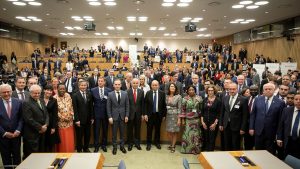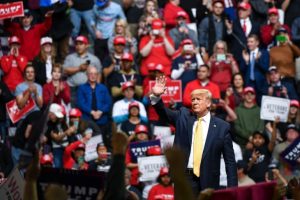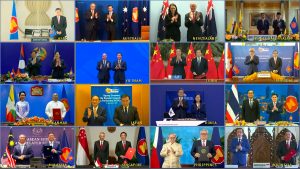
Multilateralism, plurilateralism, bipolarity, multipolarity, alliances and alignments have all become subjects of serious inquiry in policy and political communities. The discussion and questioning of various international governing arrangements has grown ever louder with the final year, as it turns out, of the Trump Presidency. And, now, also, with the successor to Trump, President-elect, Joe Biden.
The outgoing President scorned long standing alliances and alignments and trumpeted (no pun intended) ‘America First’ attacking these traditional relationships. He fawned over authoritarian leaders and spurned allied ones. Rather than multilateral trade action, he targeted Chinese trade practices imposing broad-based tariffs that brought costs to American producers and consumers. All these many actions seemed determined to undermine the rules-based order.
Meanwhile, Biden, in marked contrast to Trump, announced soon after his election, the return of US global order leadership. This seemed to reflect what colleague Thomas Wright (2020) described in The Atlantic as a ‘restorationist approach’ to American foreign policy. President-elect Biden presenting his national security team on November 24th declared (2020):
And it’s a team that reflects the fact that America is back, ready to lead the world, not retreat from it. Once again, sit at the head of the table.
What arrangements do Biden and his team envisage – what relationships do they target? Will they seek to: revitalize alliances, encourage multilateralism, avoid rising bipolar tensions between the United States and China and tackle the many global governance challenges. Is the Biden foreign policy willing to relax relations and lower tensions with China and broadly take the steps that reestablish American leadership and to refocus on a multilateral rules-based order?
Over the next few posts I hope to delve and deliver, with friends, the many forms of global order relations – multilateralism, plurilateralism, multipolarity, alliances, alignments and more. The hope is to reflect on the diversity of these arrangements, determine their individual and collective effectiveness and to examine these arrangements in the context of a new US Administration and its goals. And we hope to uncover those structures and arrangements most likely to stabilize the international system and further global governance efforts.


